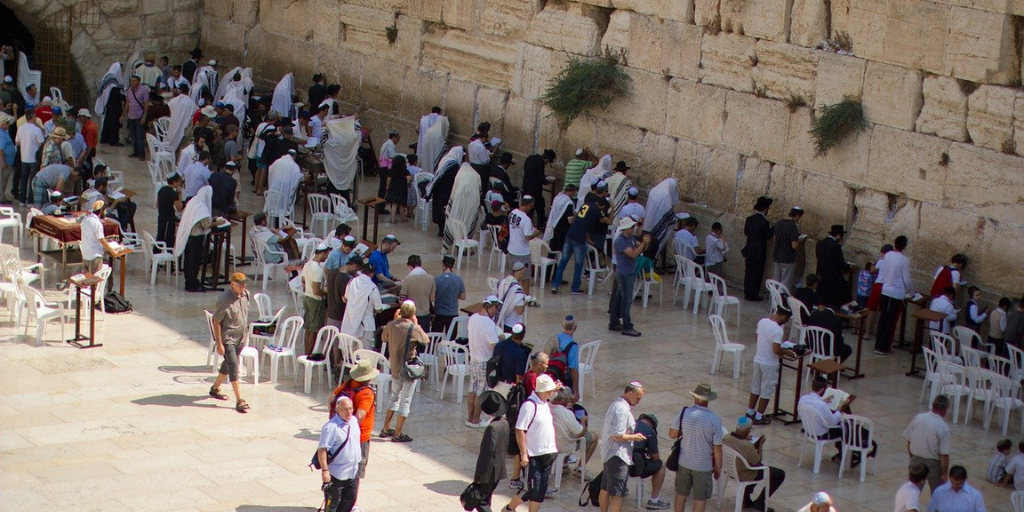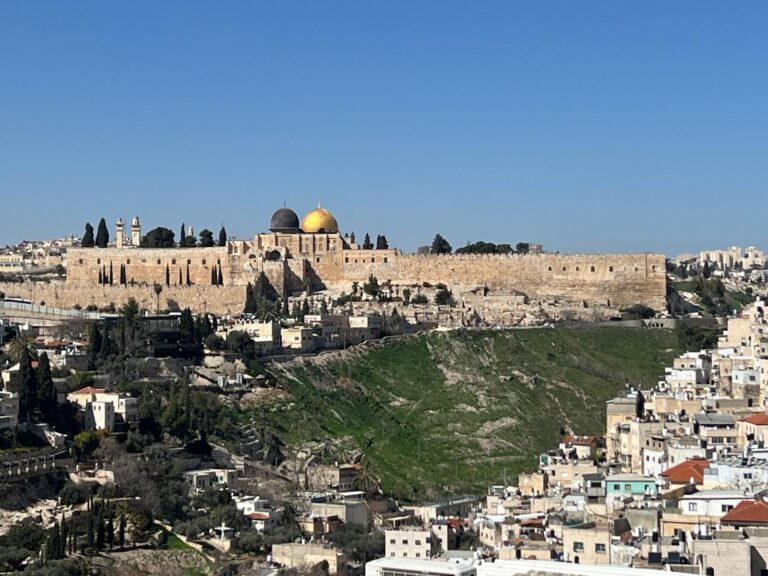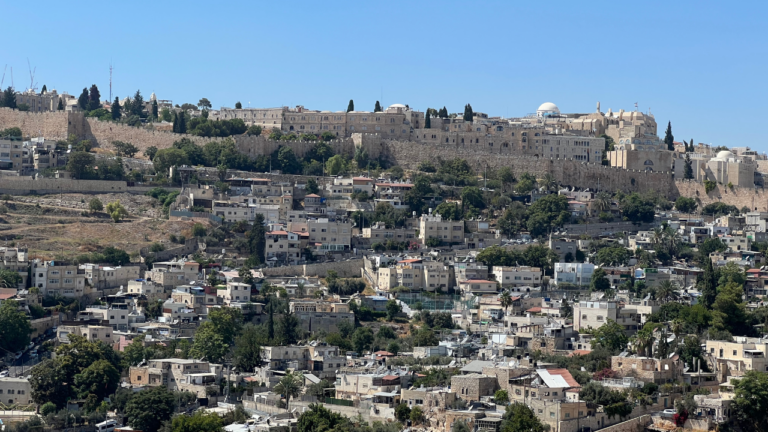Teshuva in Jerusalem
On this final Shabbat of the year, we fittingly read about the mitzvah of teshuva (repentance). After describing the Jewish people’s exile and eventual return to God and to the Land of Israel, the Torah describes the accessibility of repentance: “For this commandment which I command you this day, is not concealed from you, nor is it far away….Rather, it is very close to you; it is in your mouth and in your heart, so that you can fulfill it.” Ramban infers from this verse that repentance is not only an opportunity and a privilege, but it is a commandment.
It is interesting that the mitzvah of repentance should be introduced in a verse that emphasizes its ease and accessibility. This lends a very encouraging and uplifting background to the teshuva process. The focus of the Torah is that all Jewish people have it within their capability to rectify their mistakes and return to God.
Perhaps these verses are part of the cue for Rav Kook’s book on teshuva – Orot HaTeshuva. Rav Kook references the fact that earlier Jewish writing often refers to teshuva as a tortuous and painful process. For example, Rabbeinu Yonah in Sha’arei Teshuva elaborates on how “yagon” (grief) is a foundational part of one’s teshuva. The more one feels real mourning over one’s misdeeds and experiences real brokenness and pain, the better the teshuva. The tenor of teshuva is one of difficulty and heavy emotions.
Rav Kook though, while affirming the necessity of painful regret in one’s teshuva, gives the entire process a different orientation. For Rav Kook, every person bears a divine soul which inherently and naturally wants to connect to God. A sin is an unnatural misstep that diverts a person from their intuitive trajectory of life. Therefore, teshuva is an altogether natural and joyful process – it’s a is a homecoming of sorts in which a person reaffirms his natural place and mission in life. It is for this reason that the Torah emphasizes that teshuva is within the grasp of every Jew.
What made Rav Kook reorient the teshuva process? One reason that he mentioned in a letter is that he felt that the final generations before Mashiach required a different orientation towards Judaism – one that was filled with positivity and optimism.
Perhaps, though, an additional but related point is the location where Rav Kook wrote his book. Rav Kook did not write Orot HaTeshuva in the diaspora, but in Yerushalyim, the capital of the Jewish people. From his vantage point in Yerushalayim, Rav Kook was able to clearly see the true nature of the soul of the Jewish people and could not help himself but be brimming with optimism, joy and a positive outlook. Teshuva in Yerushalayim looks and feels different than the teshuva experienced in Spain, Egypt or perhaps even America. Living in Yerushalyim can truly change one’s perspective on life.



